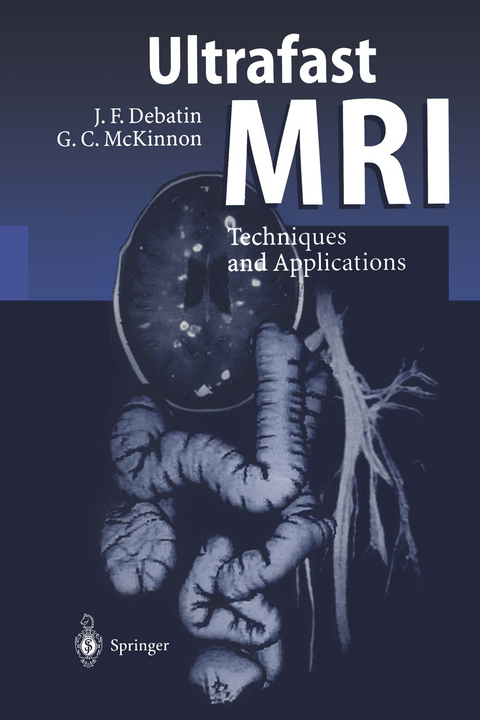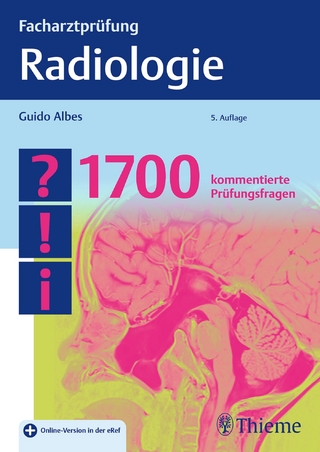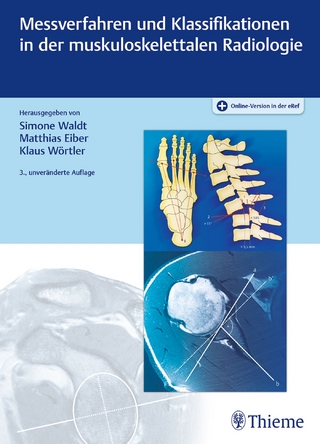
Ultrafast MRI
Springer Berlin (Verlag)
978-3-642-80386-4 (ISBN)
1 The Physics of Ultrafast Magnetic Resonance Imaging.- 1 Introduction.- 2 Background Theory.- 3 MRI Basics.- 4 k-Space.- 5 k-Space Considerations for Ultrafast Imaging.- 6 Coherence Pathways.- 7 Fast Gradient-Echo Imaging.- 8 Planar k-Space Sampling Techniques.- 9 Physiological Gating.- 10 Hardware Considerations.- References.- 2 Ultrafast Magnetic Resonance Imaging of the Brain and Spine.- 1 Morphology.- 2 Function.- References.- 3 Ultrafast Magnetic Resonance Imaging of the Heart.- 1 Introduction.- 2 MRI in Myocardial Ischemia.- 3 Myocardial Function.- References.- 4 Ultrafast Magnetic Resonance Imaging of the Vascular System.- 1 Introduction.- 2 Vascular Morphology.- 3 Vascular Function.- References.- 5 Ultrafast Magnetic Resonance Imaging of the Abdomen.- 1 Introduction.- 2 Fast (Turbo) T2-Weighted Imaging.- 3 Fast 2D Gradient-Echo Imaging.- 4 Ultrafast 3D Gradient-Echo Imaging.- 5 Echo-planar Techniques.- References.
| Erscheint lt. Verlag | 14.12.2011 |
|---|---|
| Mitarbeit |
Assistent: I. Berry, J.F. Debatin, J. Doornbos, P. Duthil, S. Göhde, H.J. Lamb, G.C. McKinnon, D.A. Leung, J.-P. Ranjeva, C. Manelfe, A. DeRoos |
| Zusatzinfo | XVI, 232 p. |
| Verlagsort | Berlin |
| Sprache | englisch |
| Maße | 155 x 235 mm |
| Gewicht | 410 g |
| Themenwelt | Medizinische Fachgebiete ► Radiologie / Bildgebende Verfahren ► Radiologie |
| Schlagworte | Angiography • brain • Diagnosis • functional magnetic resonance imaging (fMRI) • Magnetic Resonance • Magnetic Resonance Imaging • Magnetic Resonance Imaging (MRI) • Magnetresonanztomographie • Radiologie • Radiology • Tomography • ultrafast MRI • ultraschnelle Magnetresonanztomographie |
| ISBN-10 | 3-642-80386-5 / 3642803865 |
| ISBN-13 | 978-3-642-80386-4 / 9783642803864 |
| Zustand | Neuware |
| Haben Sie eine Frage zum Produkt? |
aus dem Bereich


